Dayton Lime Works are little-known lime kilns in Lyon County. The trio of 150-year-old kilns are a one-of-a-kind piece of Nevada history. The lime they produced helped rebuild Virginia City after the Great Fire of 1875.

(Photo credit: Historical Society of Dayton)
Ghost Towning
Nevada Expeditions and I heard rumors and had seen pictures of kilns in Lyon County but found little information on their location. Fortunately, Great Basin Exploring had come across the kilns on his travels. So on a mini ghost town trip, we headed out in Honey Badger and explored the Dayton area with the kilns as our first stop.
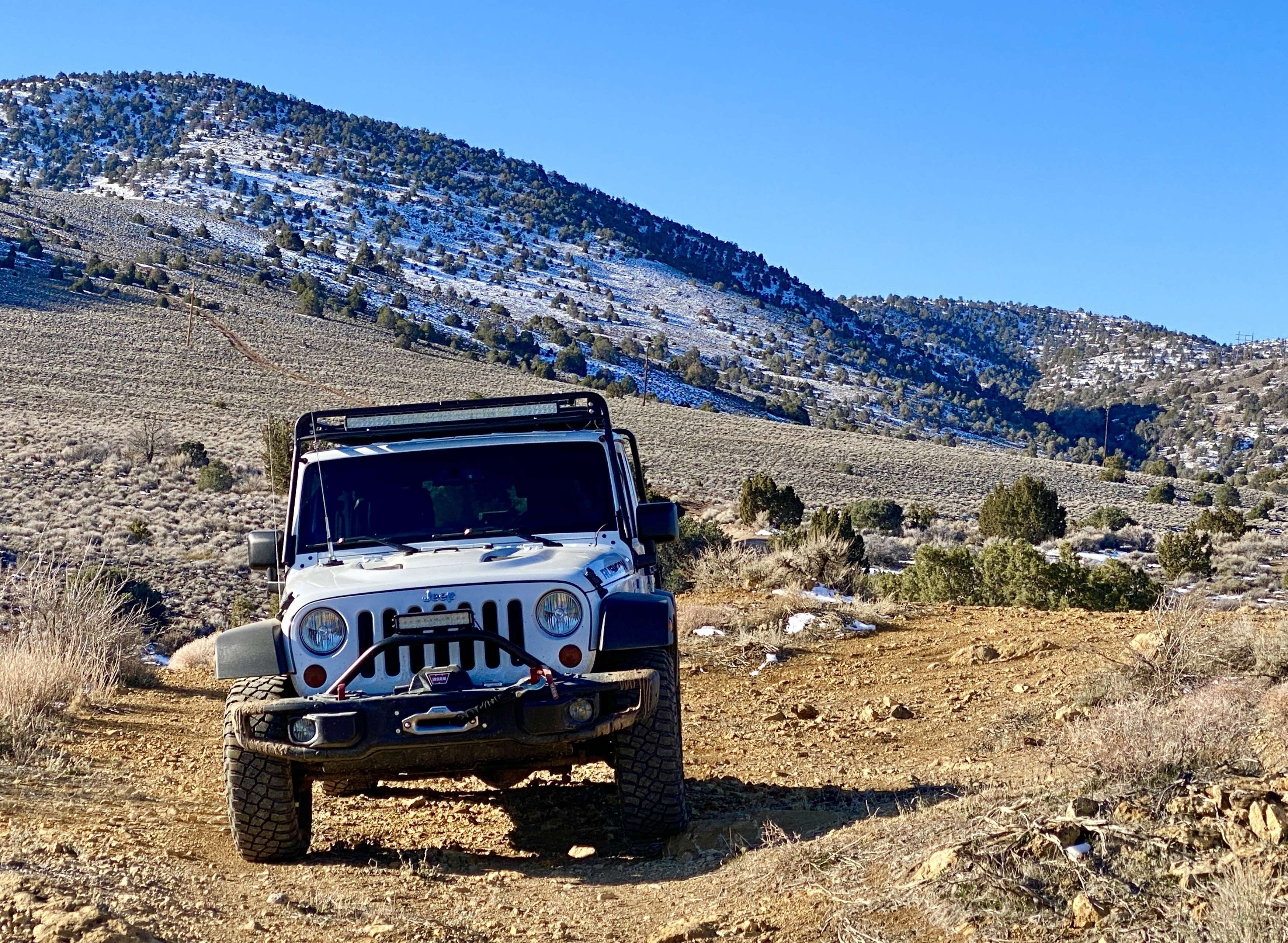
Research on the kilns took time. My large collection of Nevada mining books drew a blank. Few tidbits of information were available online, creating a mystery. Writing about the kilns sat on the back burner as I worked on other projects. I would plug in a new search term for the kiln on my computer in between searches on ghost towns. Finally, I expanded my search and was amazed when I pulled up information and a historical photograph of the kilns.
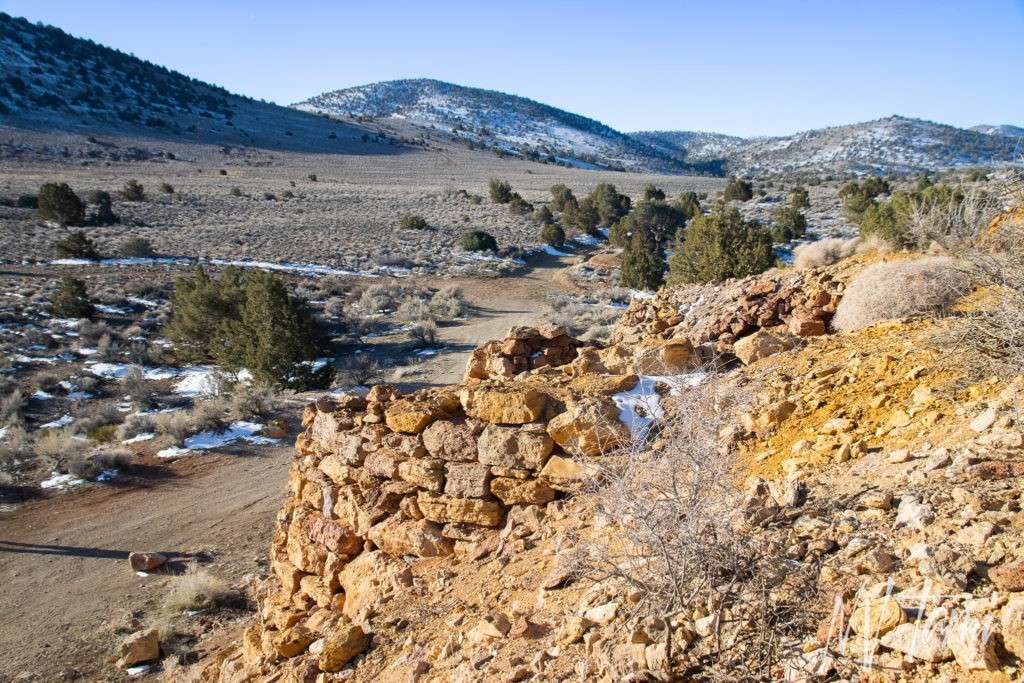
Carson River Mining District
Dayton Lime Works is in the Carson River Mining District. Little mining occurred in the district, but it was rich in water and piñon trees. Mills dotted the Carson River, processing ore from the Comstock Lode. Placer mining in the district came from old tailings and ore processing.
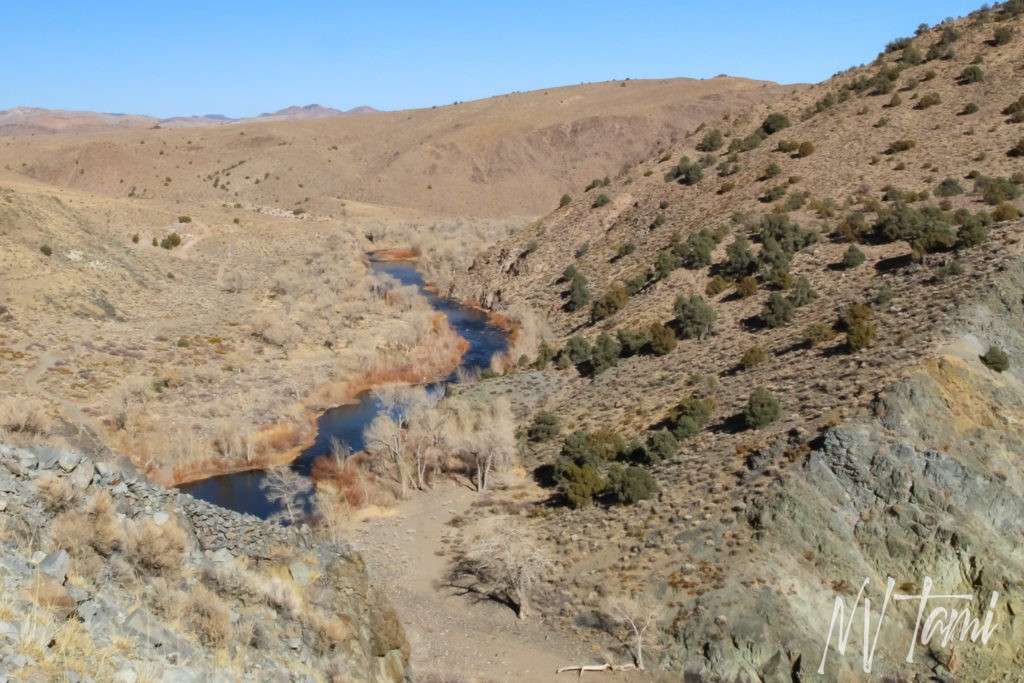
Travertine
I think of travertine as a beautiful yet temperamental stone in my bathrooms. Geothermal waters create travertine by leaving mineral deposits. Once processed, it has a variety of uses in mining, construction, and production of paper.

In 1864, Lyon County constructed the courthouse in Dayton using travertine from the Dayton Lime Works quarry. Sadly, the courthouse burned down in 1909.

(Photo credit: Wikipedia)
Dayton Lime Works Kilns
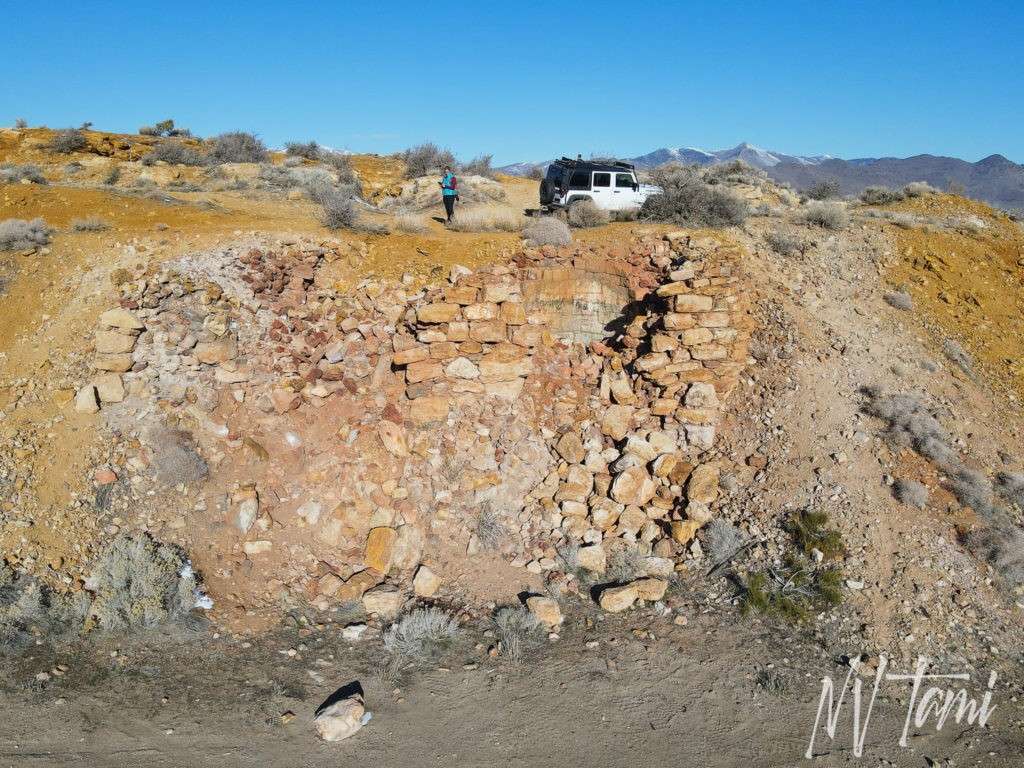
H.C. Blanchard constructed the Dayton Lime Works in 1875. He erected three kilns on the hillsides of a travertine knoll. Two kilns are side by side with a single kiln on the opposite side of the hill. Each kiln was sixty feet tall, built from hand-hewn stone and native limestone.
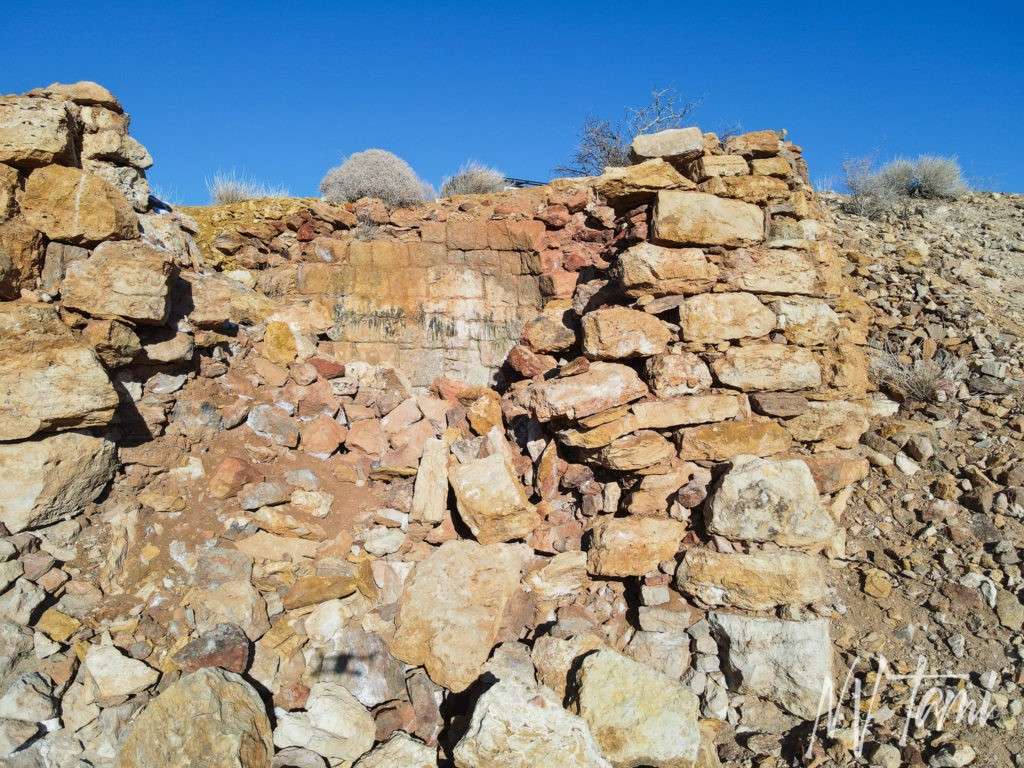
Woodcutters provided piñon trees as fuel for the kilns from the Pine Nut Range. The three kilns required one cord of wood to produce two tons of travertine. The kilns operated around the clock, lighting up nearby Dayton.
…the quarries daily present an animated appearance, and the bright lights from the burning kilns at night, shows an enterprising spirit of industry has found a home among the barren knolls and buttes of El Dorado Canyon
The Mining and Scientific Press, 1876
Blanchard built a boarding house so his twelve to fifteen workers could live on-site and continuously operate the kilns. Pipes bought water from a nearby spring.

Workers quarried travertine from the knoll and loaded it into the top of the kilns. They stacked pinon wood in the bottom of the kiln and set it on fire, baking and drying the travertine. Once finished, it was crushed into a fine powder and mixed with sand and water. The paste was used as mortar, stucco, or plaster for walls and ceilings. At the height of kiln operation in the late 1870s, they produced eighty tons of lime per week.
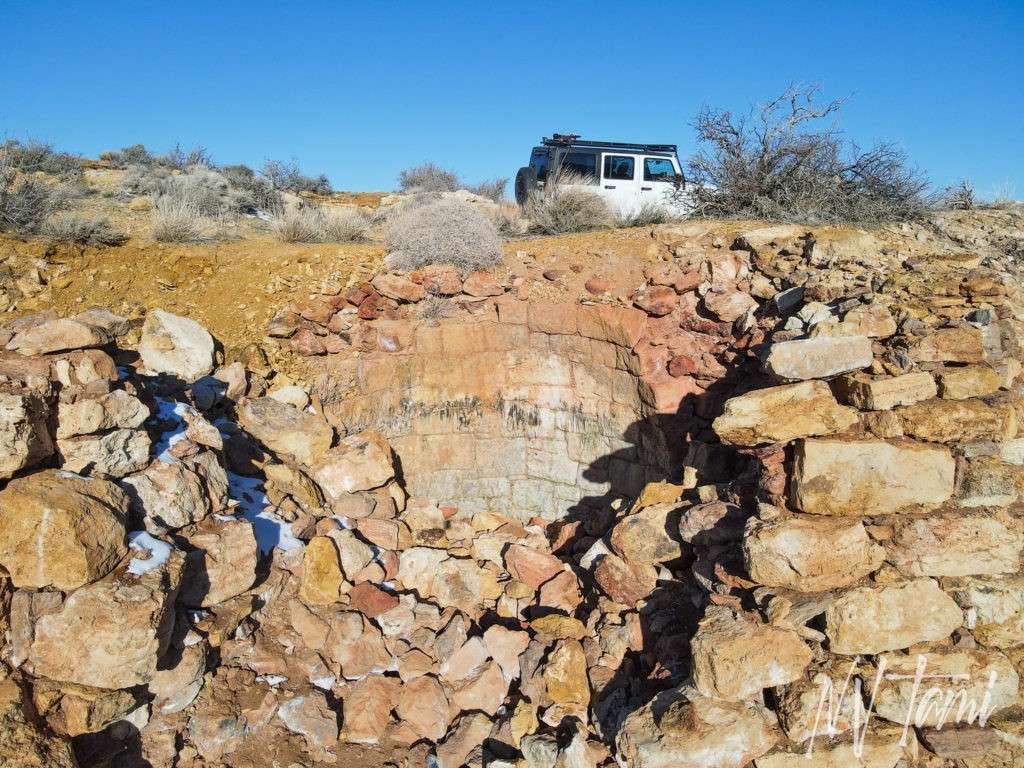
Dayton Times, I’m sure unbiased, reported…
The Limestone is the best on the West Coast
Dayton Times 1896
Great Fire of 1875

(Photo credit: Fourth Ward School Museum)
On October 26, 1875, at 5:30 a.m., a fire started in a downstairs hallway of a boarding house on A Street in Virginia City. “Crazy Kate” owned the structure which was known to be home to many rowdy residents. Washoe Zephyr winds quickly spread the flames in all directions. Unfortunately, the Virginia City Fire Department could not extinguish the inferno. The fire burned through the day, and by evening over two thousand structures were destroyed, and hundreds were homeless.
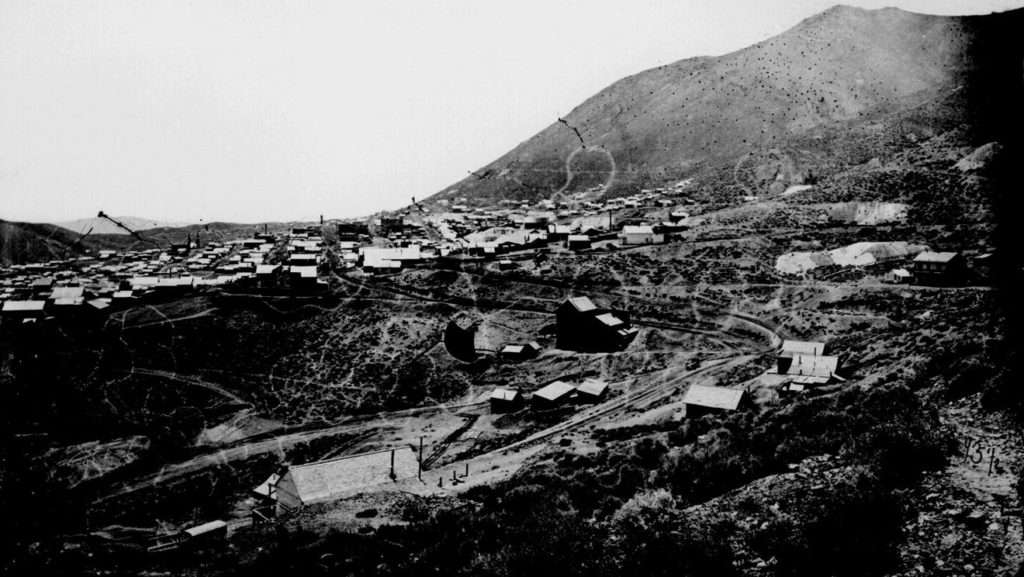
(Photo credit: Reno Gazette News)
Brick and mortar took the place of wood.
Yerington Times: May 2, 1876
Blanchard sold mortar at $4 per ton. The rebuilding of Virginia City in 1876 required 4-5,000 tons of mortar a month, and supply could not keep pace with demand. Wagons would transport mortar from the kilns to Virginia City. On their return trip, they would deliver ore to the mills on the Carson River and wood from Dayton to Dayton Lime Works.
Plot Twist
The story was almost finished and I was in the final lap. I double-checked news stories to see if I missed anything. I came across another report of kilns in the same location, documented it in the references, then took a second glance at the date…. wait a minute, this is twenty years later!

If other kilns were built in 1897, their whereabouts remain a mystery.
The Kilns Go Dark
It is not known when the kilns processed their last travertine. In 1909, Lyon County listed Dayton Lime Kilns on the tax rolls with eighty acres, three kilns, and a cabin valued at $350. The final reference to the kiln works was in 1913 when they appeared on the delinquent tax list for $68.88 in back taxes.
Dayton Lime Kilns Ruins

Sadly, the kilns have deteriorated. Nevertheless, an observant traveler can spot the beehive shape of the hand-cut stone. The side-by-side kilns are in the best condition; the circular base is clear and green slag lines the interior. The solo kiln on the opposite side of the travertine outcropping badly declined over the years.



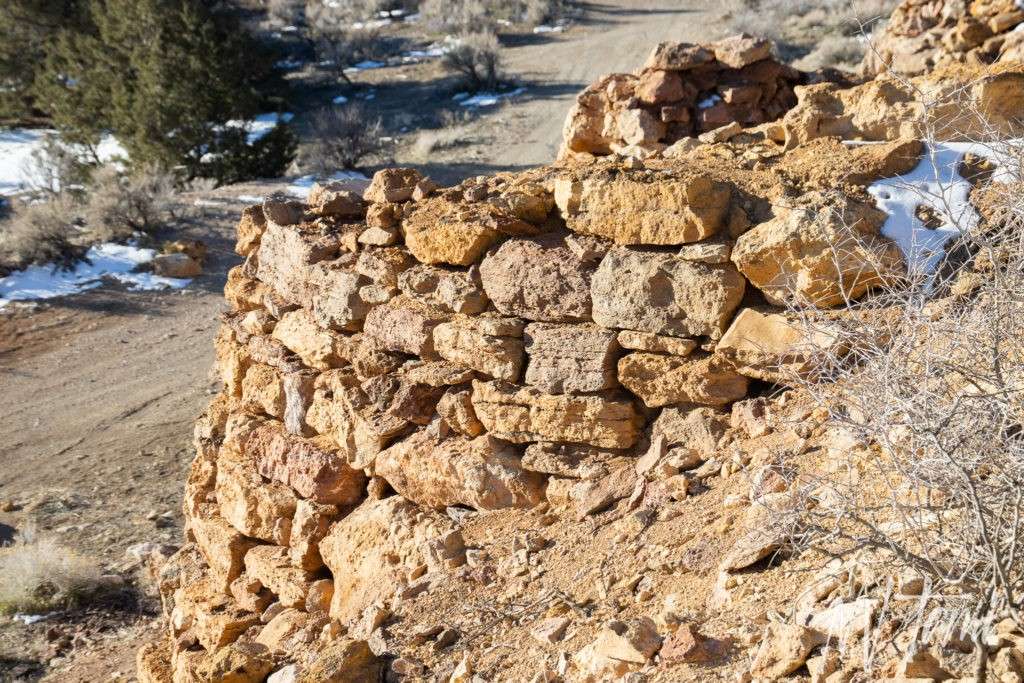
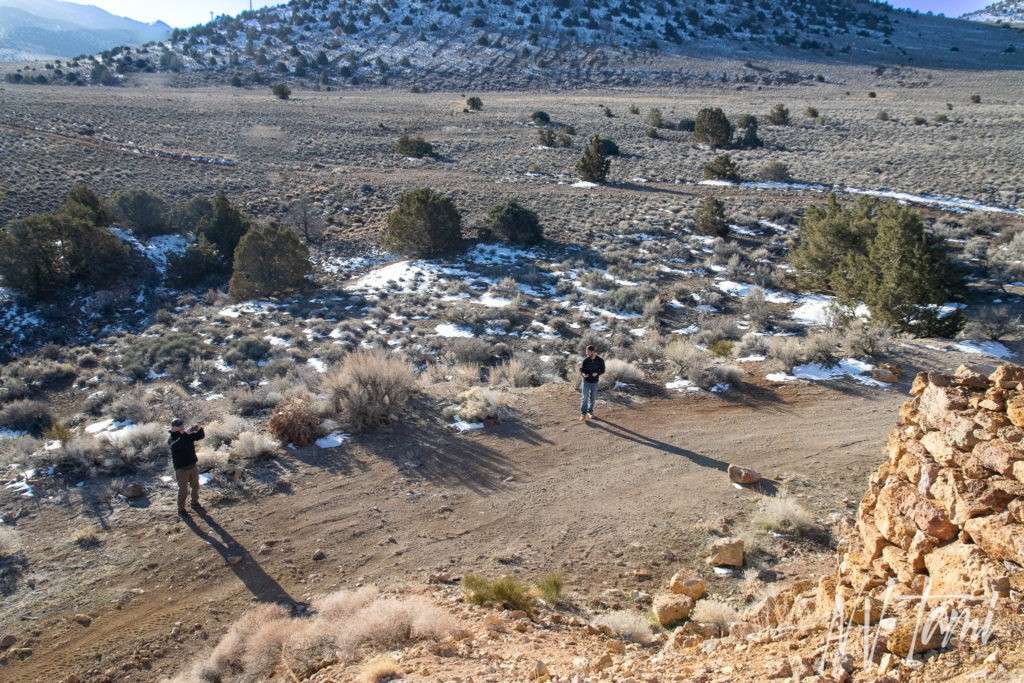
The guys hiked down the hillside to get pictures from below. I drove down, otherwise, I probably would have slid down the rocky hill on my rear.
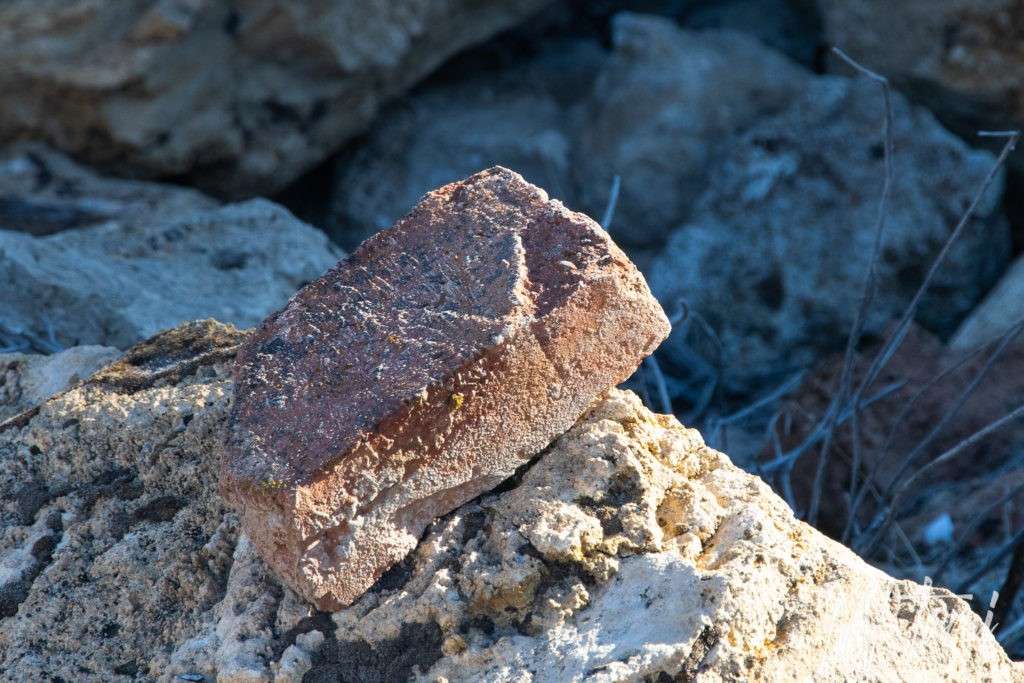

Again, explorations of the West and the Comstock Era sometimes create more mysteries than they resolve. Records were often incomplete or lost and the newspapers of the day were also subject to the ravages of time. Not everyone was Alfred Doten, who kept a detailed diary or Samuel Clemens whose stories remain widely-read today. Most of what occurred in the West was lost to time, with only a few recollections or an occasional newspaper article to mark the events.
Want more ghost towns?
For information on more than three hundred ghost towns in Nevada, visit the Nevada Ghost Towns Map or a list of Nevada ghost towns.
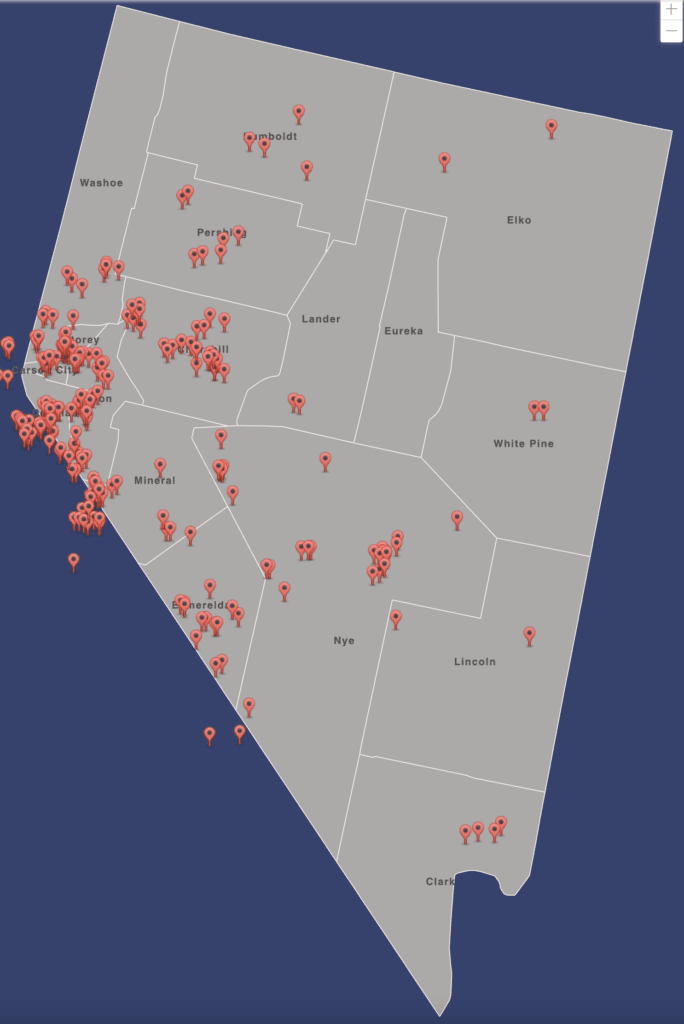
For information on more than 300 ghost towns in Nevada, visit Nevada Ghost Towns Map
References
- The Daily Appeal October 19, 1897: All Sorts
- Geology.com: Limestone
- EPA: Carson River Mercury Site Dayton, NV Cleanup Activities
- HHH History: Virginia City’s Great Fire of 1875
- Intermountain Histories: The Virginia City Great Fire of 1875
- Nevada Bureau of Mines & Geology: Mining Districts of Nevada
- Nevada Expeditions: Eldorado Canyon Kilns
- Mason Valley News, July 9, 1915: Delinquent List
- Nevada State Journal, May 2, 1899: Looking for Lime
- 1876 Historic Dayton Lime Works: Mason Valley News, March 3, 1989
- Delinquent of first installment of taxes: Mason Valley News, January 11, 1913
- Nevada and US history is falling down around our ears: Mason Valley News January 23, 1998
- The Official Tax List: Mason Valley News, Septebmer 3, 1901
- Reno Gazette Journal: Blanchard Lime Works
- Reno Gazette Journal: Dayton Lime Works provided mortar to rebuilt Virginia City
- Yerington Times: A new industry: A visit to Mr. Blanchards Lime Quarries
- Wikipedia: Dayton, Nevada
Steve Knight says
I visited the intact kilns several times and photographed them around 1970 . I haven’t seen them since. Thanks for the update and history.
Tami says
I would love to see your old photos. I bet they were incredible in the 70s.